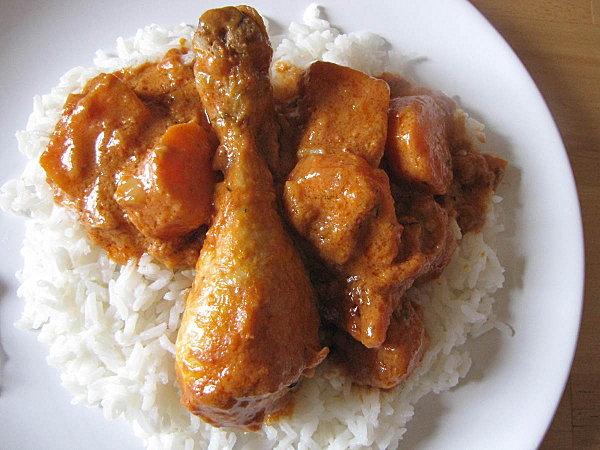Introduction: Discovering Congolese Cuisine
Congolese cuisine is not as well-known as some other African cuisines, but it is nevertheless a rich and diverse culinary tradition. Located in the central region of Africa, the Democratic Republic of the Congo is a country that has been shaped by a complex history of colonization, migration, and cultural exchange. Congolese cuisine reflects this history, incorporating influences from neighboring countries as well as from Europe and Asia.
Influences and Regional Differences
The cuisine of the Democratic Republic of the Congo is influenced by the country’s geography, with different regions featuring their own distinct flavors and ingredients. In the western part of the country, for example, cassava is a staple food, while in the east, bananas are more commonly used. The country’s Congo River is also an important source of fish, which is a key ingredient in many Congolese dishes. Additionally, Congolese cuisine is influenced by neighboring countries such as Angola, Rwanda, and Uganda, as well as by European and Asian cuisines.
Staple Foods in the Congolese Kitchen
Staple foods in the Congolese kitchen include cassava, yams, plantains, and bananas, which are often served as a side dish or used to make fufu, a starchy dough that is used to scoop up other foods. Rice and beans are also common, as are vegetables such as spinach, onions, and tomatoes. Additionally, peanuts are often used as a protein source in Congolese cuisine, with peanut sauce being a popular ingredient in many dishes.
Meat and Fish Dishes
Meat and fish are important sources of protein in Congolese cuisine, with goat, beef, and chicken being the most commonly eaten meats. Fish is also popular, with tilapia and catfish being the most commonly consumed species. Pili pili, a spicy chili pepper sauce, is often served with meat and fish dishes to add flavor and heat.
Vegetarian and Vegan Options
Although meat and fish are important in Congolese cuisine, there are also many vegetarian and vegan options available. Beans and legumes are often used as a protein source, and vegetable stews and soups are common. Additionally, plantains and bananas can be used to make vegetarian versions of fufu.
Spices and Flavorings in Congolese Cooking
Spices and flavorings are an important part of Congolese cooking, with many dishes featuring a blend of herbs and spices. Some of the most commonly used spices include garlic, ginger, and cumin, as well as chili peppers for heat. Other flavorings, such as palm oil and peanut sauce, are also used to add richness and depth to dishes.
Popular Congolese Desserts and Snacks
Desserts and snacks in Congolese cuisine often feature sweet ingredients such as bananas, honey, and coconut. Beignets, or fried doughnuts, are a popular snack, as are cassava chips and roasted peanuts. For dessert, sweet potato pie and banana fritters are common, as well as fruit salads made with tropical fruits such as papaya and mango.
Enjoying Congolese Cuisine Around the World
Although Congolese cuisine is not as widely known as some other African cuisines, it is possible to find Congolese restaurants and food trucks in many cities around the world. Alternatively, those interested in trying Congolese cuisine can experiment with making their own dishes at home, using traditional recipes and ingredients. By exploring the flavors and ingredients of Congolese cuisine, it is possible to gain a deeper appreciation for the diverse culinary traditions of Africa.

